Rocket Lab Has Launched Electron Rocket With Its ‘Used’ Booster For the First Time
22nd Apr 2024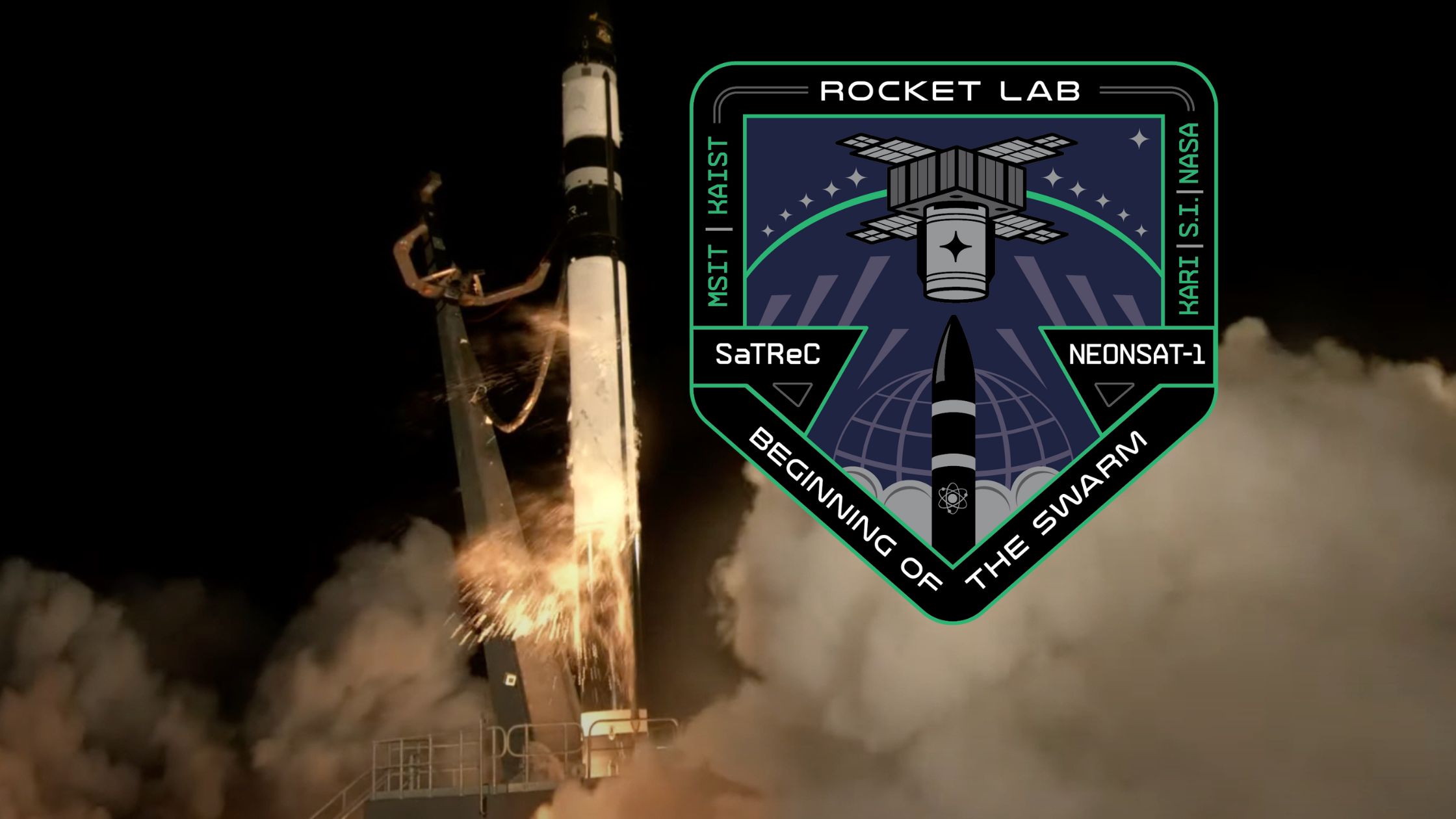
Rocket Lab has finally decided on a new launch window for its 27th Electron launch and its “Beginning Of The Swarm” mission. Electron’s flights into orbit, which began on 25 May 2017, became a multi-year demonstration and period of continuous improvement of the rocket towards Rocket Lab’s main goal — creating an affordable, partially reusable, small-class rocket with a returnable first stage. Today, the American rocket company claims it is as close as possible to this strategic purpose.
Rocket Lab Successfully Launched Electron Rocket
Updated on 24th April
On 23rd April, at 6:33 p.m. EDT (2233 GMT; 10:33 a.m. on 24th April New Zealand time), the Electron launch vehicle sent into orbit a new NASA probe with a solar sail called the Advanced Composite Solar Sail System or ACS3 and an Earth observation satellite NEONSAT-1 created in South Korea from a spaceport in New Zealand.
The two satellites were directed towards different orbits. NEONSAT-1 was released by Electron approximately 50 minutes after launch, positioned 323 miles (520 kilometres) from Earth’s surface. Following this, ACS3 was placed into orbit at an altitude of 620 miles (1,000 km) as scheduled, 55 minutes after liftoff.
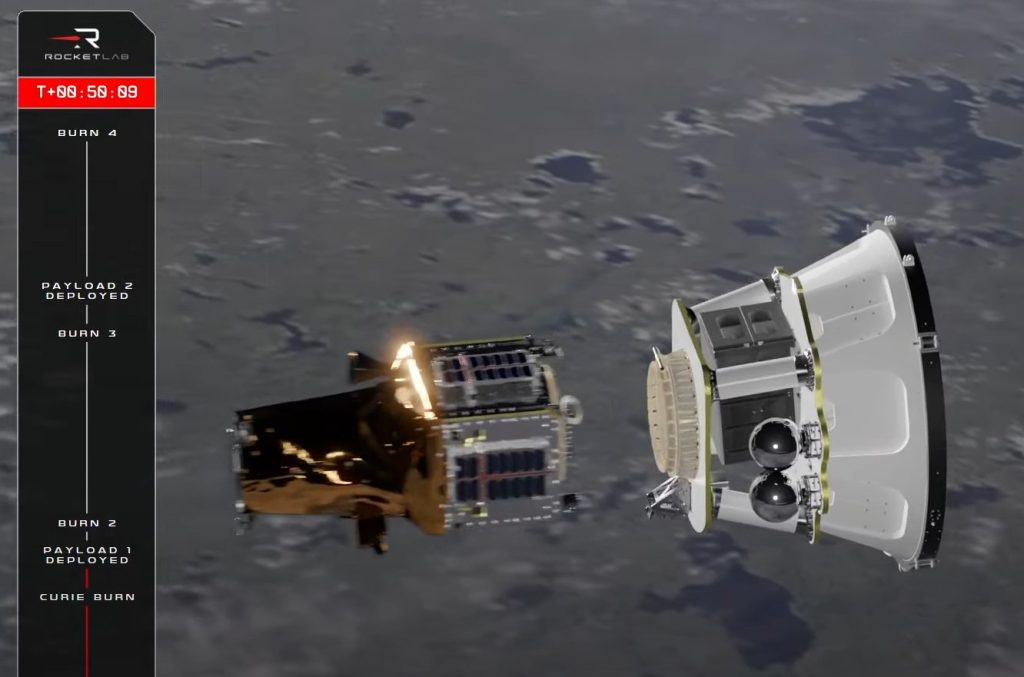
“Flight data obtained during the demonstration will be used for designing future larger-scale composite solar sail systems for space weather early-warning satellites, asteroid and other small body reconnaissance missions, and missions to observe the polar regions of the sun,” the company wrote in a mission description.
“Beginning of the Swarm” marked Rocket Lab’s fifth orbital launch in 2024 and the 47th launch overall for the company.
How to Watch Electron’s “Beginning Of The Swarm” Mission Launch?
The next rocket launch, which is also known as the “Beginning Of The Swarm” mission, will take place from the territory of Rocket Lab Launch Complex 1 near Māhia, New Zealand. For the first time, a two-stage Electron will be launched with a booster that has already flown into space and successfully returned during the “Four of a Kind” mission, which took place on 31 January 2024.
And now the used Electron booster, powered by 9 Rutherford rocket engines, is ready for launch again, on 23 April starting at 3 p.m. PT/6 p.m. ET (2200 April 24 UTC).
Electron’s Payload: NASA’s Solar Sail and the South Korean Satellite
With the “Beginning Of The Swarm” mission, Rocket Lab will launch a pair of satellites, including the South Korean monitoring satellite NEONSAT-1. The Earth observation satellite will be used to localise and monitor natural and artificial disasters. The Korean government’s Ministry of Science and ICT funds the project.
Another “passenger” on the Electron’s board is NASA’s ACS3 (Advanced Composite Solar Sail System), which aims to demonstrate solar sail technology. A spacecraft equipped with a 30-by-30-foot solar sail will demonstrate the deployment mechanism and provide NASA with the most comprehensive data for designing larger-scale sail models in the future.
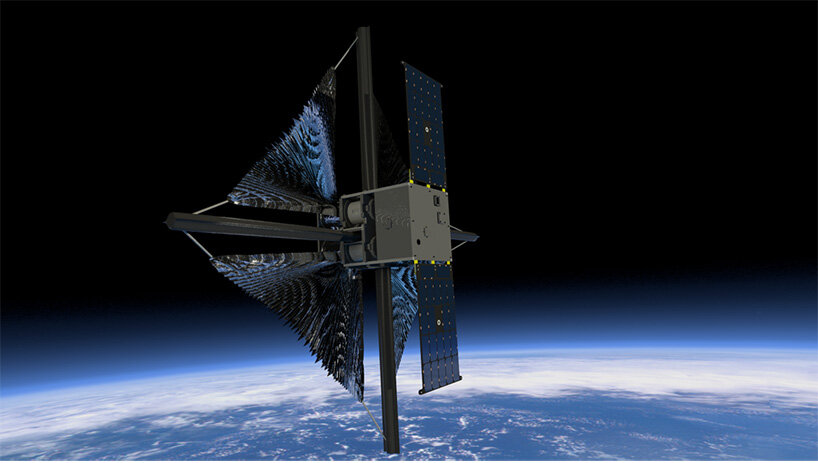
Electron Launch: One Step Closer To Reusability?
Last time, Rocket Lab demonstrated its ability to quickly evacuate a carbon composite first-stage tank after it entered the atmosphere and used its parachute system to descend into the water smoothly. At that time, the returned booster was captured and lifted onto a specially equipped vessel, which transported it back to the company’s production facility.
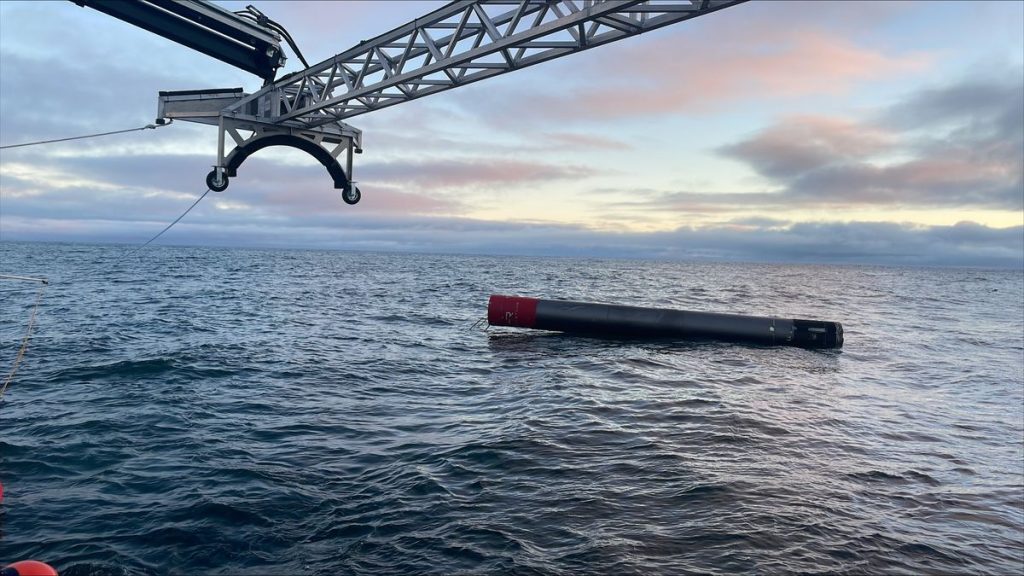
Despite the relatively short time that has passed since these last missions, the first stage tank underwent a series of thorough tests. During these tests, plenty of vital rocket systems were checked, including the serviceability of the pressure stabilisation system inside the booster fuel tank, the integrity of the carbon fibre that makes up the module, and tests on preventing the leakage of rocket fuel and coolants.
According to Peter Beck, Rocket Lab’s founder and CEO, his company is close to making its LEO rockets fully reusable while increasing production capabilities, including post-flight testing and preparation for the next launch of already used rocket modules.
Several qualitative changes were undergone to make Electron reusable and compete with SpaceX’s Falcon. Firstly, the parachute system has been improved, allowing it to reduce the speed of a falling rocket from 2300 m/s to 10 m/s in a matter of moments. The tracking and telemetry systems have also known some improvements, which were directed to minimise the time spent searching for the rocket. Nowadays, the evacuation service boat knows the exact coordinates of the module’s splashdown zone even before the first stage tank touches the water. The rocket’s heat shield was upgraded, too, making it more resilient to extreme temperatures and friction during re-entry.
While Elon Musk’s SpaceX boosters land on specially equipped water platforms, Rocket Lab has chosen a different strategy.
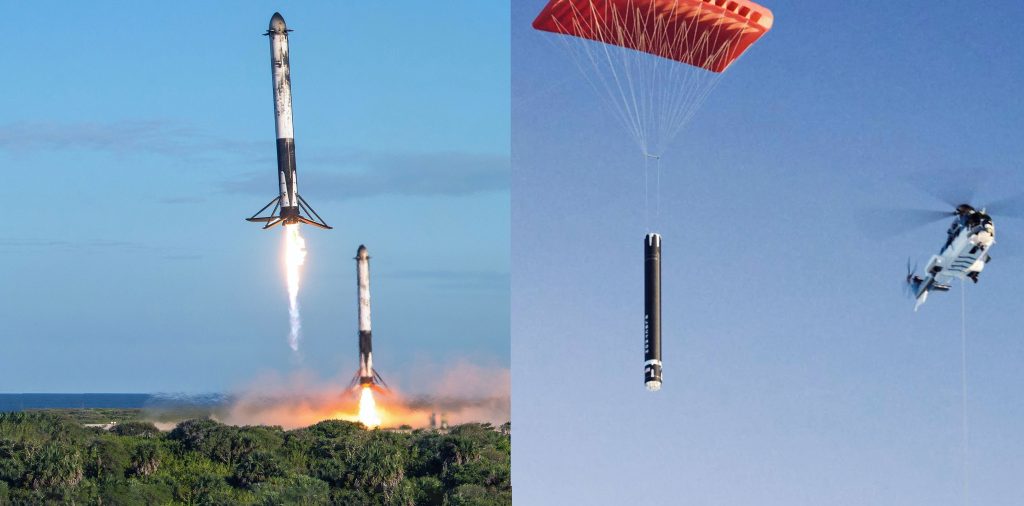
A modern parachute system, precise telemetry, and rapid response by the water team are likely cheaper solutions for landing reentry rockets. We will soon discover how successful this strategy was for the Rocket Lab’s Electron launch.
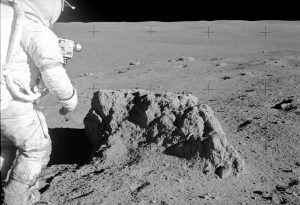

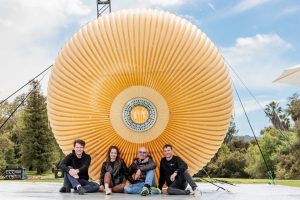



Thank you for your comment! It will be visible on the site after moderation.